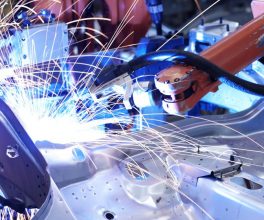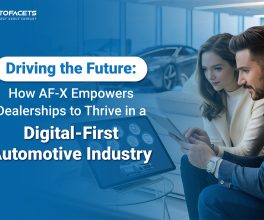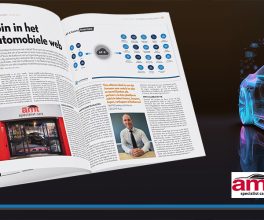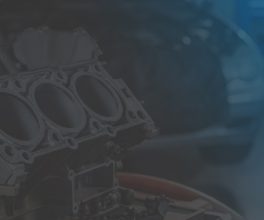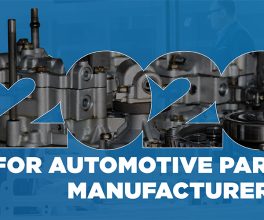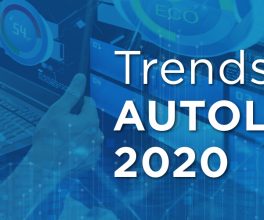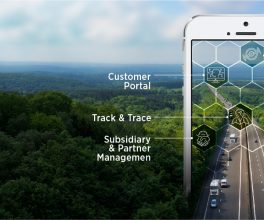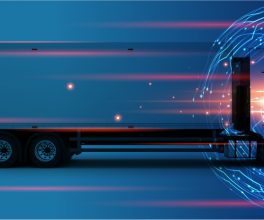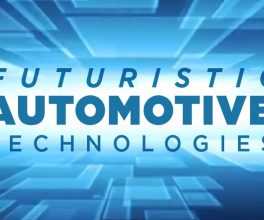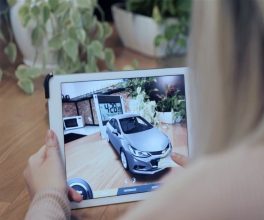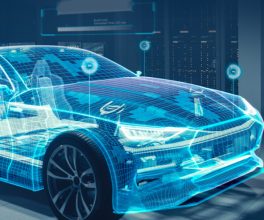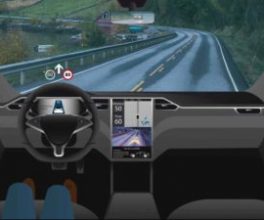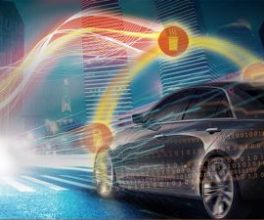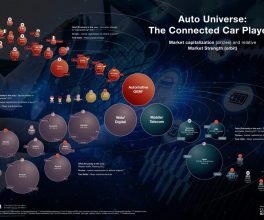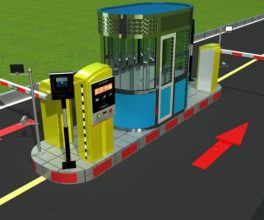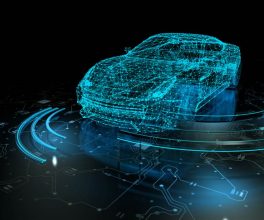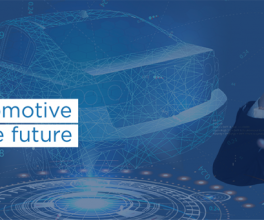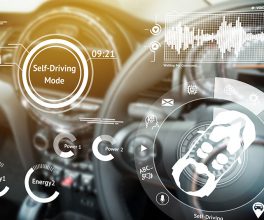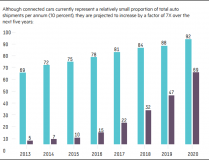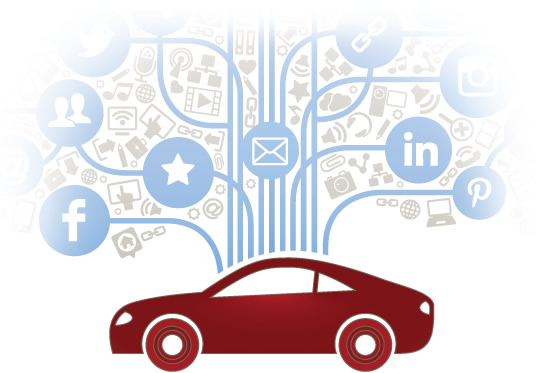AutoFacets
, Automotive IT TrendsIntellectual Property (IP) protection and enforcement has become more important than ever in the automotive industry, as vehicle manufacturers are integrating an increasing number of innovations from technological sectors other than their traditional “engine and powertrain” into vehicles. The ever increasing semiconductor content and the advent of the autonomous driving means the number of players with impacted IP is growing. One way to understand what technology is being used in vehicles today and to understand how this technology may evolve in future vehicles is through technical intelligence and analysis.
Innovation in the Automotive Sector
Technology in the automotive sector is evolving faster than ever before in its history. In today’s smarter vehicles and in the vehicles of the future, five areas of innovation (See Figure 1) are having the most impact: connected vehicles, autonomous driving, conventional propulsion, alternative propulsion, and vehicles sharing. Each of these areas requires advanced technology and electronic components that are connected via an in-vehicle network and ecosystem. The ecosystem may include communications systems and protocols, networking solutions, computing devices, and components. Fortunately, the technological revolution brought forth by our appetite for Cloud computing and Big Data, and was augmented by smartphones, has evolved data communication and processing to the point where their performance, reliability, and cost make them suitable for use in vehicles. Let’s examine each of these areas of innovation and their use of technology.
A connected vehicle is defined by an electronic ecosystem that connects it to other devices, either within or outside the vehicle. These may include other vehicles, road and smart city infrastructure, homes, offices, or the Internet. The most widely recognized features of connected vehicles include enhanced safety, Internet access, navigation, and infotainment. Other applications include in-car and remote diagnostics, traffic detection and prognostics, communications, and payments. For example, a connected vehicle may detect traffic congestion and suggest an alternate route for itself or other connected vehicles, contributing to the Non Line of Sight (NLOS) navigation. Another example, a driver may use a charging mat that wirelessly recharges their vehicle, and the payment is collected from the driver’s linked credit card or bank account.
Autonomous vehicles guide themselves and participate in traffic without human supervision, but rely on V2V (Vehicle-to-Vehicle) communications, smart cities and road infrastructure, like Remote Sensing Unit (RSU) in V2I (Vehicle-to-Infrastructure). This kind of vehicle has become a reality and may pave the way for completely driverless vehicles. The new era in automotive evolves and revolves around the technical ability to collect, process and reliably distribute huge amounts of data at high speeds.
Autonomous vehicles use a wide range of technologies starting with Advanced Driver Assistance Systems (ADAS), which are the precursor of the fully driverless vehicles, micro-electromechanical systems (MEMS) sensors, and Vehicle to Everything (V2X) communication.
Conventional propulsion includes: internal combustion engine (ICE), steering, suspension, brakes and control systems, and engine and traction control modules. Alternative propulsion includes hybrid electric and internal combustion engines, electricity or fuel cell powered engines, and wireless charging and refueling stations.
Vehicle sharing, which is commonplace with services like Lyft and Uber, leverages technology to make driving and car-pooling an increasingly personal experience. These services use sensors and location technology to match prospective passengers with riders heading in the same direction, so they can share the ride and cost. Transportation sharing services provide vehicles on-demand, leverage technology to anticipate the individual preferences and settings for each driver, so adjustments are made automatically, creating a personal and familiar driving experience.
Evolution of In-Vehicle and Component Technology
Figure 2 depicts the way the in-car data and communications network architecture has evolved. The first in-vehicle networks can be traced to the 1980s with the advent of the Controller Area Network (CAN). This on-board system used a bus standard designed to allow electronic control units and devices to communicate with each other in applications without a host computer. When plugged into an external computer, it provided information on the health of a vehicle to service personnel. This early system evolved to include specialized networks and a central gateway, which served as a gatekeeper for various domains within a vehicle, such as powertrain, and infotainment. At this point, the ecosystem was still vehicle-centric – everything happened within the vehicle.
Today, vehicles rely on connected gateways and use integrated domain controllers that can independently operate several domains and a common Human Machine Interface (HMI). This is a more reliable architecture since each domain has its own controller. If something fails in one domain, the other domains stay operational. In addition, network protocols are increasingly sophisticated and have evolved from Ethernet to Ethernet Time Sensitive Networks (TSN), which are a work in progress at the IEEE standards body. With Ethernet TSN, critical data packets are given priority over non-critical data packets by breaking-up the interfering frames into smaller “fragments” if data is in transit. This means the critical data doesn’t have to wait until the full frame of non-critical data has been transmitted, ensuring a faster routing. Once fully defined, Ethernet TSN may be a viable option to replace all existing legacy networks in the vehicle, such as CAN, LIN, MOST and FlexRay, becoming the vehicle’s core network backbone.
These advances translate to higher speed and performance, scalable platforms that are easily upgraded, and incrementally improved safety and security features. Essentially, automotive technology has evolved to provide efficient, fast communication that goes beyond the basic engine and powertrain elements.
Automotive Pioneered the Commercial Use of MEMS Sensors
The essential electronic components in a connected and/or autonomous vehicle may include multicore, multithreading, and variable length instruction processors; MEMS sensors, and V2X (Vehicle-to-Everything) technology. In analyzing these components, there are significant parallels between the evolution of smartphone and automotive technologies. Both originally provided a single purpose – making calls or getting from point A to point B. Vehicles were some of the first to use MEMS sensors, in air bags to meet safety regulations in the United States and later on in ABS and traction control. The “crash” sensors or accelerometers were able to detect acceleration in a single direction, which indicated a crash, then generate an impulse and deploy the airbag. As phones evolved into smartphones, the need for high speed, reliable and secure data communications, and sophisticated MEMS sensors grew. A parallel demand and industry wide solutions took place in the automotive area: becoming aware of the environment/surroundings, data communications and processing, connecting to other devices and the Internet.
Analysing MEMS sensors over the past decade revealed that MEMS used in mobile and IoT devices share many similarities to MEMS used in the automotive sector. Now, having evolved significantly, advanced MEMS sensor-solutions are being integrated into vehicles to drive the features consumers or the regulatory bodies want. The MEMS sensor market for the automotive segment spans not only ADAS, but also electronic control units for engine and emissions management, traction and suspension; heating, HVAC systems; safety and security; in-car navigation; crash prevention systems; TPMS, and more.
V2X – Vehicle to Everything
V2V + V2I + V2P + V2N communication, collectively referred as V2X, is a wireless technology aimed at increasing road safety, navigation and HD mapping, and improving traffic management. V2X leverages 5.9 GHz dedicated short range communication, a derivative of Wi-Fi specifically defined for fast moving objects, and allows vehicles to communicate their state, e.g., their position, speed, and road and traffic conditions, to surrounding vehicles and infrastructures. V2X communication does not depend on line-of-sight conditions, allowing communication to occur even if a vehicle is behind a building or a curve but may rely on dedicated infrastructure for that.
V2X should significantly improve collision avoidance and reduce fatalities and injury by increasing driver awareness of potential dangers. These may include crash risk, vehicles braking ahead that are out of line-of-sight, lane change assist, or road hazard detection. The technology also may enhance traffic efficiency by providing alerts about traffic congestion and local weather conditions and offering alternatives. V2X is a fundamental technology for improving vehicle control in various road and traffic conditions, and NLOS navigation therefore improving fuel efficiency. It also helps in ADAS and autonomous driving: connected cars will inform each other of their intentions, for example, assisting in lane changes or a 4-way intersection stop.
The multi-band/standard air interface and its modems are similar to the RF front-end architecture we see in today’s smart phones. In many aspects data security and protection is similar between the two application fields.
How Does Automotive Technical Intelligence Help With IP?
Innovation in the automotive sector is progressing at unheard of speeds. This poses challenges for automakers, materials, component, and manufacturing equipment suppliers. Automotive technical intelligence and intellectual property management can help automakers and suppliers protect their market position and identify additional revenue streams through competitive benchmarking, patent licensing negotiation, and indemnification. This process assists in market entry due diligence decisions and helps companies understand the intellectual property and technology strengths of their competitors to enable differentiation, guide important technical design decisions, and guide the acquisition of patents to enable lower risk market entry. Experienced, objective third-party analysis at component, circuit, and system levels helps support assertion of patent claims and patent transaction valuation. Finally, an understanding of components’ underlying cost structure aides in price negotiation with vendors.
Author –
Radu Trandafir, Manager, Systems; Miranda Lim, Manager, Systems; and Martin Bijman, Director, IP Products; TechInsights.
Courtesy of ECN

